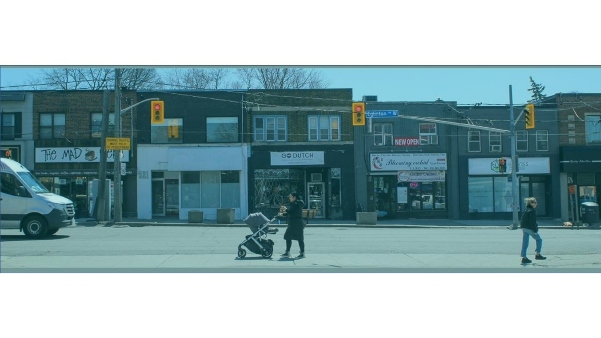The idea of faster passenger rail service has been on the minds of central Canadian politicians ever since France introduced its train à grande vitesse, or TGV, leading to more than a dozen
feasibility studies on high-speed rail funded by the federal, Ontario and Quebec governments over the past three decades.
But without the population density of some European countries, or their willingness to pump massive operating subsidies into high-speed rail service, efforts to bring fast trains to the Quebec City-Windsor, Ont., corridor have never left the station.
In 2015, Via Rail Canada, the federal Crown corporation that provides passenger rail service across the country, decided to switch tracks by abandoning the fast-train idea in favour of its proposal for a high-frequency rail, or HFR, network in the Quebec City-Windsor corridor that accounts for almost all its business.
If Via could not make the economic case for high-speed rail, it argued that investing in dedicated electric tracks for its trains would at least ensure they would run on time, all while slashing their carbon footprint.
Indeed, Via has been at the mercy of the freight railways that own the tracks on which its trains run. That is the main reason the passenger rail service has a horrendous on-time performance record. Just 56 per cent of its trains arrived on schedule during the first nine months of this year. During the peak summer period, the rate was 47 per cent.
Prime Minister Justin Trudeau’s government was slow to get on board with the HFR idea. But its
creation last week of a new entity charged with soliciting proposals from private partners to build and operate a HFR network between Quebec City and Toronto (a Toronto to Windsor leg would have to wait) suggests Ottawa is now serious about moving forward with an ambitious plan to modernize passenger rail service.
Transport Minister Omar Alghabra said the new entity, Via HFR, is “now well-positioned to lead the biggest Canadian infrastructure project of the century.” In naming Via HFR’s first three directors, including Robert Prichard as chairman, Mr. Alghabra effectively removed responsibility for the HFR project from Via itself. Mr. Prichard’s first task is to recruit a chief executive officer for the new unit that will oversee a formal request for proposals next year. The union representing 2,400 Via employees accused Ottawa of seeking to privatize Via’s core operations, and it was not entirely wrong about that.
The new unit’s creation, which had long been in the works, helps explain the
departure of Via Rail CEO Cynthia Garneau last May. Ottawa has not named a permanent replacement. Martin Landry, Via’s chief commercial affairs officer, has been serving as interim CEO.
The HFR project was originally proposed by Ms. Garneau’s predecessor, Yves Desjardins-Siciliano, who left Via in 2020 to become CEO of Siemens Mobility Canada. In 2018, Siemens won a
$989-million contract to provide 32 train sets to replace Via’s aging fleet of cars in the Quebec City-Windsor corridor. The new bimode train sets are configured to operate with either diesel locomotives or on electrified tracks.
That contract marked the beginning of a series of major cash injections by Ottawa in the passenger rail service. This year’s federal budget provided $397-million over two years to advance the HFR initiative. That is on top of hundreds of millions more from Ottawa to cover Via’s ballooning operating losses since the pandemic. Via posted a $281-million operating loss in 2019. The deficit
surged to $416-million in 2020 and to $371-million last year. In the first nine months of 2022, Via
lost $345-million.
Mr. Alghabra last year suggested the price tag for the HFR project could run between $6-billion to $12-billion, but no one really knows for sure. Ottawa wants private operators to bear most of the upfront capital costs in exchange for “downside protection” against future operating losses. Indeed, Ottawa will likely need to provide continuing subsides to the private operators to ensure they can earn a return on investment and keep ticket prices affordable.
Federal documents also refer to the potential for upside risk for Ottawa in the event the project turns a profit. But that is a remote possibility. Passenger rail service is a highly subsidized endeavour almost everywhere, especially where it competes with air travel.
France has attempted to boost rail travel, and cut carbon emissions, by banning short-haul flights on routes where train service is available in under 2½ hours. But the move affects
only a few flights between Paris Orly Airport and Lyon, Nantes and Bordeaux. Travellers can still fly to those cities out of Paris’s Charles-de-Gaulle Airport, and often for less than the price of a train ticket. As a result, France’s Société nationale des chemins de fer
received €18.5-billion ($26.8-billion) in state subsidies last year alone, or about €275 for every French resident.
HFR will require big subsidies to get off the ground. But the alternative – an antiquated rail service whose trains are always late – could prove even more costly for Canada.







